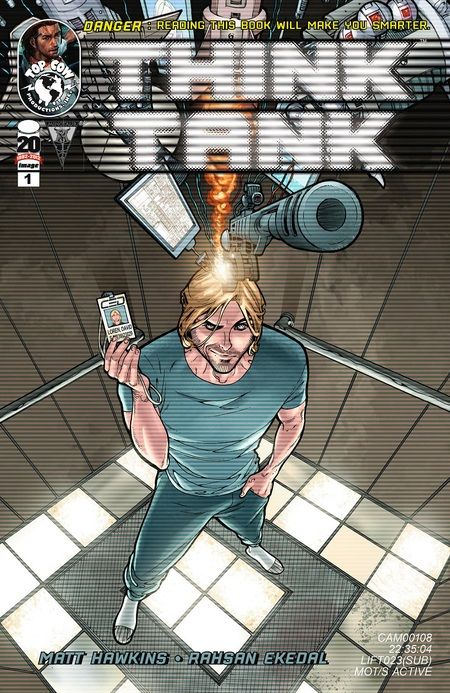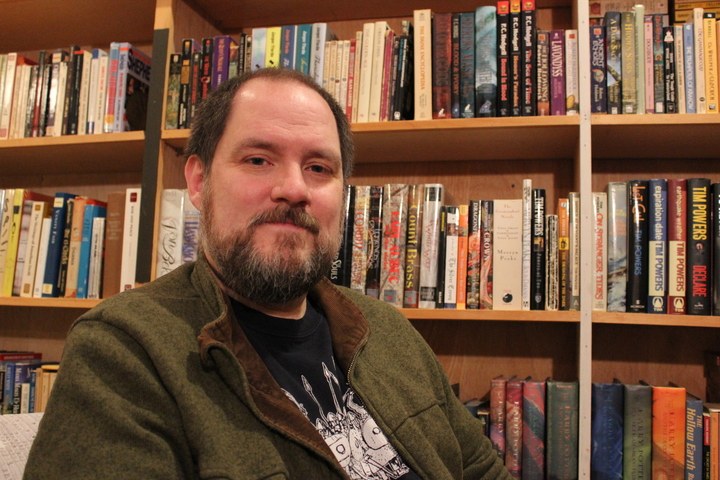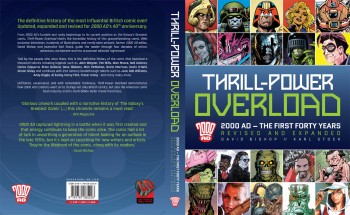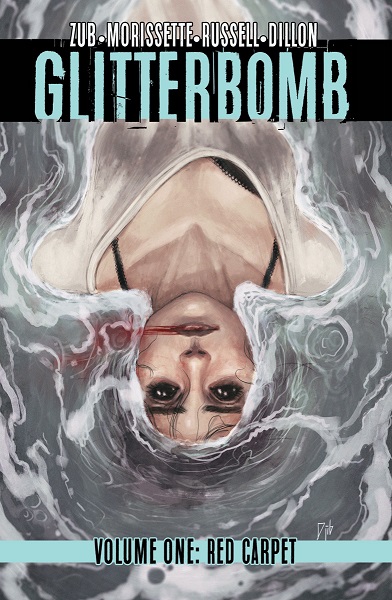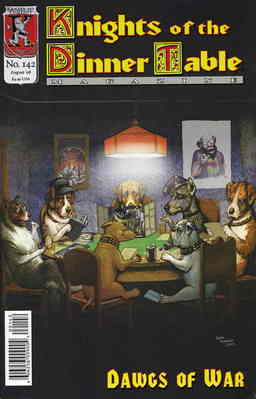Future Treasures: Shattered Warrior by Sharon Shinn and Molly Knox Ostertag
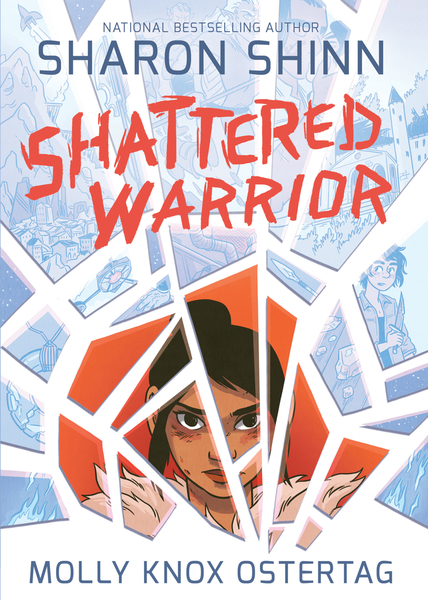 |
 |
Sharon Shinn is one of our favorite writers around these parts. I know, I know, we have a lot of favorite writers. But do we have fond memories of mobbing them at breakfast with the entire Black Gate staff, as we do with Sharon? No, we do not.
Sharon has published more than 25 novels over the past two decades, including the Samaria series, Twelve Houses series, and the Elemental Blessings novels. Her latest project is a graphic novel with award-winning webcomic artist Molly Knox Ostertag (Strong Female Protagonist), titled Shattered Warrior. Set on a world conquered by the alien Derichets, it tells the tale of Colleen Cavenaugh, who toils in a factory for her alien masters, until the day her home is invaded by an unlikely band of human resistance fighters.
Here’s a scan of the inside flap, and a few sample pages to showcase some of Ostertag’s colorful art and character design.

 Though he’s written short stories and three self-published novels, Jess Nevins is likely best known as an excavator of fantastic fictions past: an archaeologist digging through the strata of the prose of bygone years, unearthing now pieces of story and now blackened ashes of some once-thriving genre long since consumed and built over by its lineal successor. Across annotated guides (three to Alan Moore and Kevin O’Neill’s League of Extraordinary Gentlemen, one to Bill Willingham and Mark Buckingham’s Fables) and self-published encyclopedias (of Pulps and of Golden Age Superheroes with Pulp Heroes soon to come, as well as 2005’s Monkeybrain-published Encyclopedia of Fantastic Victoriana) Nevins has reassembled old pieces of fantastika, indicating direct influences on modern writing and establishing directories of almost-forgotten story. He’s one of the people broadening the history of genre, in his books, and in articles such as
Though he’s written short stories and three self-published novels, Jess Nevins is likely best known as an excavator of fantastic fictions past: an archaeologist digging through the strata of the prose of bygone years, unearthing now pieces of story and now blackened ashes of some once-thriving genre long since consumed and built over by its lineal successor. Across annotated guides (three to Alan Moore and Kevin O’Neill’s League of Extraordinary Gentlemen, one to Bill Willingham and Mark Buckingham’s Fables) and self-published encyclopedias (of Pulps and of Golden Age Superheroes with Pulp Heroes soon to come, as well as 2005’s Monkeybrain-published Encyclopedia of Fantastic Victoriana) Nevins has reassembled old pieces of fantastika, indicating direct influences on modern writing and establishing directories of almost-forgotten story. He’s one of the people broadening the history of genre, in his books, and in articles such as 

